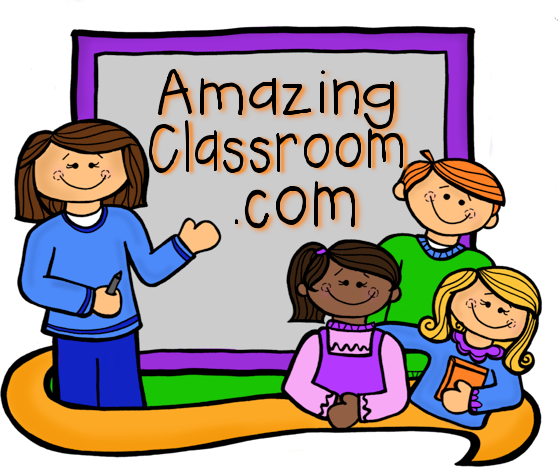I'm linking up with Sarah and Courtney at Adventures in Guided Math for a book study on Guided Math
in Action by Dr. Nicki Newton. So far, this book has been full of information and ideas that I'm taking to my classroom in less than a month (yikes!). Today we're focusing on Chapters 3 & 4. Dr. Newton estimates that we may spend about 40 hours a year dealing with pencil issues. She suggests sharpening a few hundred before school starts. I better get cracking!
I have a 3 drawer Sterilite organizer full of math tools. I think they're pretty cheap at WalMart.
I have everything I would need for math workshop in those drawers! I have analog clocks, plastic coins, all types of counters and dice, number lines and grids, laminated sheets for practicing various skills, decks of cards, dry erase boards, markers, erasers, task cards and other miscellaneous supplies. I keep counters, coins, and dice in small snack size zip top bags so I can just grab a bag to give to a student. I have a weird passion for dice. I love this set because it has all types of dice with different numbers.

I also give each student a set of paper base 10 blocks to keep in their desks. When students need other materials, such as rulers, snap cubes, geoboards, pattern blocks or measuring tapes, they can access those items from open storage bins. Often, when a math station calls for specific items such as counters or dice, I will make sure those items are already in the gallon zip top bag with the directions, task cards, games or recording sheets. I try to make it so that kids have what they need at their fingertips so they have less reason to roam. When it is time to clean up, students are expected to return all materials to their bags or bins. They must work together to clean up before they can head out to recess. I also have teamwork points on the board that I can award to the cleanest group, the first to be cleaned up, or for helping others, etc. It works like a charm!

I meet with students in small group a lot! Some of my groups are homogeneous, while others are heterogeneous. When students go through their math stations, they are mixed abilities. They support each other and work at their own pace. I see each of these groups twice a week. This is a time when I'm assessing, reteaching or preteaching. Sometimes, I use this time to teach a new game that will be an independent station the following week. I have 5 groups, but 6 stations. This allows me to do three rounds per day (12-15 minutes per round). My stations last for two days, but many activities or games are repeated at other times. For example, students may play Addition War for three weeks.
I meet with my intervention group daily. This is a group with similar abilities, but it is very flexible. Sometimes it will be just 2 students, and other times it will grow to 7. I also have a time of day when students are practicing a skill after the mini lesson. I invite students to work with me if they feel they need it. Some just come up for a few problems and realize they don't need my help. Some stay the entire time. Some decide on their own to come over and others need to be invited. It is the most flexible group and I meet with them daily.
During small group (or during transition to the next group) I jot down notes about students and stick them on a clipboard. At the end of the day, I'll stick them in students' math file folders. I keep more specific data on the students in my intervention group. I have a binder with tabs for the students in the intervention group. I place my quick assessments and any other anecdotal information in this binder that may align with their intervention goals. This is a freebie from Amanda Hill that can be used in a data binder:
I also like the Waterfall Index Card Chart discussed on pages 46 and I think I will explore that option during the year as well. The most important thing is that you pick a system that you will actually use. It needs to be simple, easy to maintain, and meet your needs.
Check out what my fellow bloggers had to say about Chapters 3 & 4. I can't wait to read them all and get some good ideas. See you soon for Chapter 5!
















































